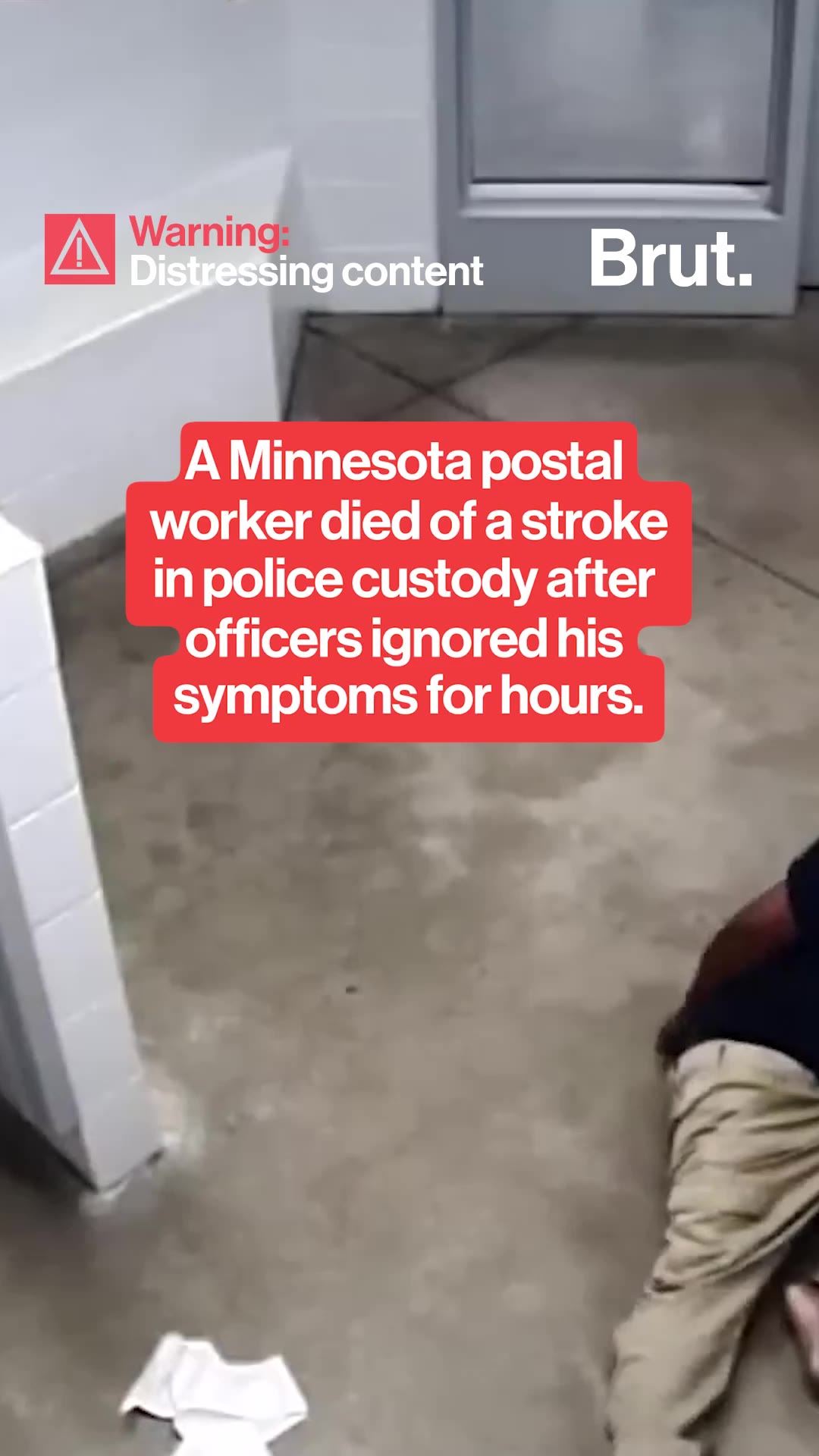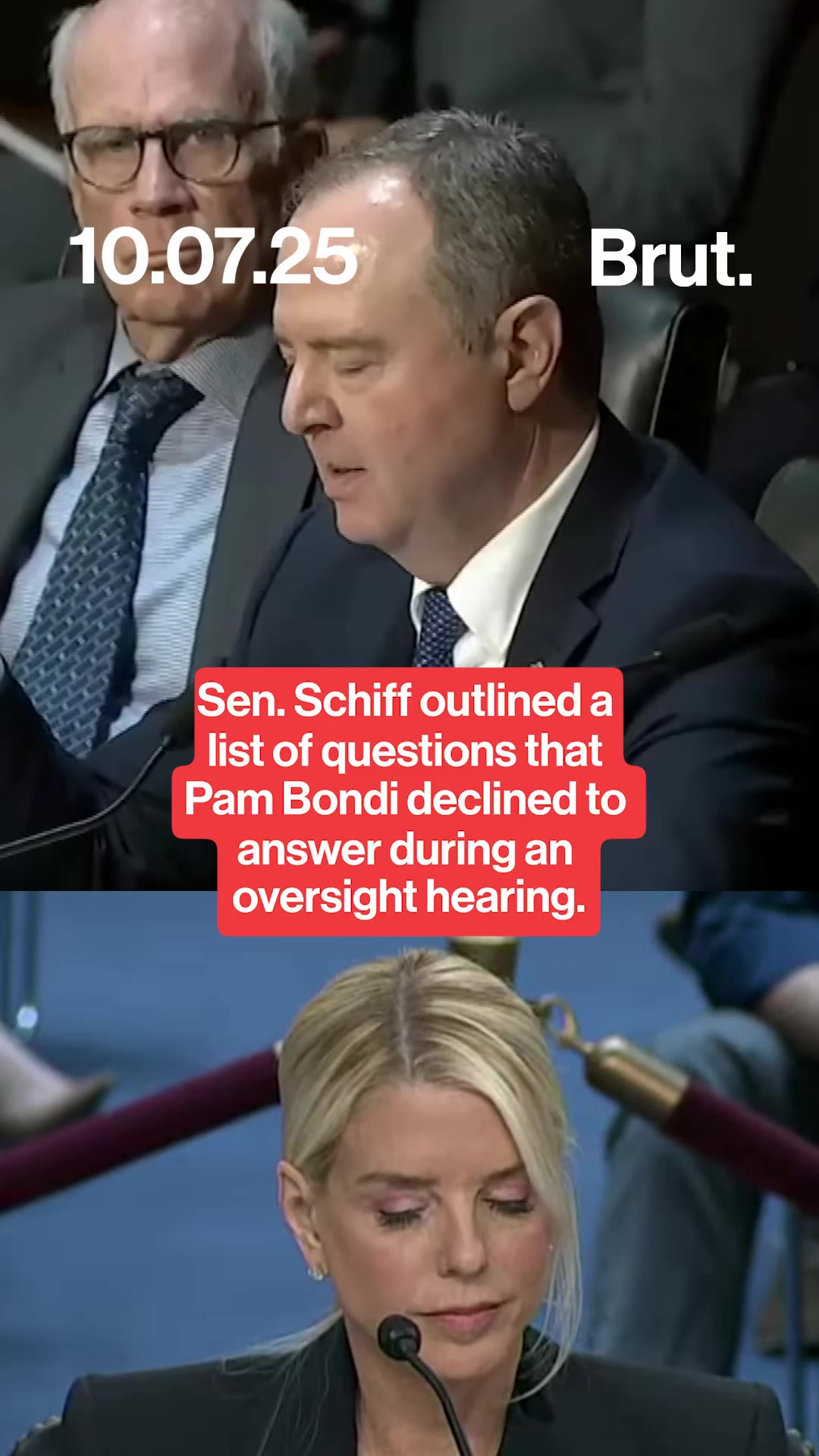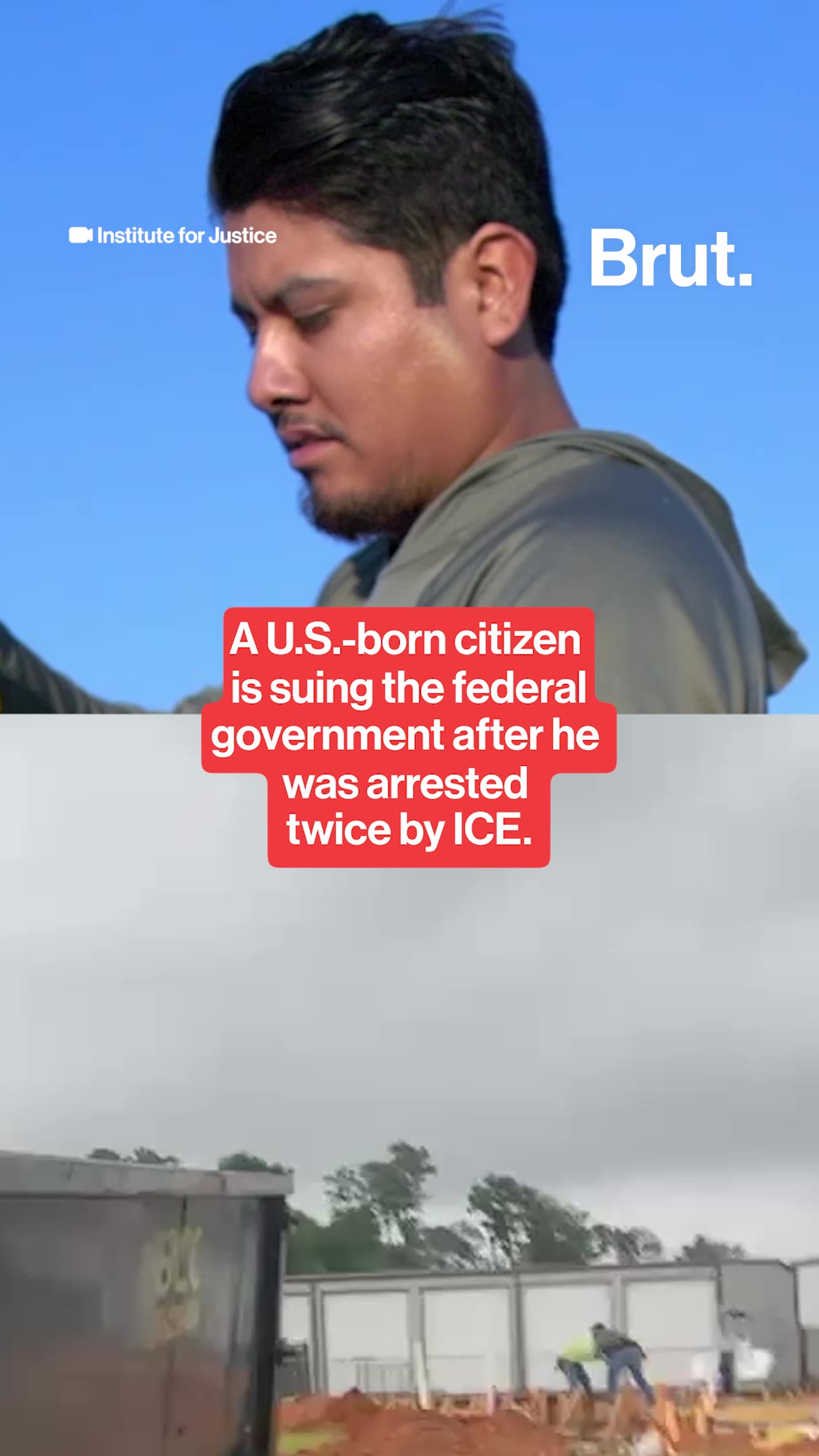What are red flag gun laws?
Restricting access to firearms for at-risk individuals
Colorado used its new red-flag gun law for the first time just one day after it took effect on January 1, 2020. Denver police could confiscate guns from a man who allegedly beat his wife and made suicidal statements. But how do red-flag gun laws work? Some state laws authorize the police to temporarily take guns away from those deemed “dangerous” by a judge. Authorities, relatives, friends can request an order for someone who owns a gun and has expressed suicidal thoughts discussed shooting people.
Going beyond the general interest of checking off liberal agenda items
In February 2019, New York enacted a red-flag gun law empowering schoolteacher to ask a judge to evaluate troubled students. Research found that the laws can have an effect on suicides. In Connecticut, for every 10 to 20 guns removed under the law, one suicide was prevented according to Duke Law. The Democratic governor, with House Speaker Nancy Pelosi at his side, said the measure will give school officials, in particular, the ability to ensure troubled students do not have access to guns — a way, he said, to hopefully limit school shooting.
These laws signal a significant victory for proponents of tighter gun control legislation
The orders also bar the person they cover from purchasing guns. At least 17 states have approved some version of a red flag law. Florida, New York, Connecticut, Illinois, Indiana, California, Hawaii, Maryland, Massachusetts, Nevada, New Jersey, Oregon, Rhode Island, Vermont, Washington and Colorado. There were only 5 states before the 2018 mass shooting in Parkland, Florida. School administrators, family members and district attorneys can petition the courts when they believe someone with access to a firearm may be an imminent and credible threat to themselves or others.
Brut.
What are red flag gun laws?
Restricting access to firearms for at-risk individuals
Colorado used its new red-flag gun law for the first time just one day after it took effect on January 1, 2020. Denver police could confiscate guns from a man who allegedly beat his wife and made suicidal statements. But how do red-flag gun laws work? Some state laws authorize the police to temporarily take guns away from those deemed “dangerous” by a judge. Authorities, relatives, friends can request an order for someone who owns a gun and has expressed suicidal thoughts discussed shooting people.
Going beyond the general interest of checking off liberal agenda items
In February 2019, New York enacted a red-flag gun law empowering schoolteacher to ask a judge to evaluate troubled students. Research found that the laws can have an effect on suicides. In Connecticut, for every 10 to 20 guns removed under the law, one suicide was prevented according to Duke Law. The Democratic governor, with House Speaker Nancy Pelosi at his side, said the measure will give school officials, in particular, the ability to ensure troubled students do not have access to guns — a way, he said, to hopefully limit school shooting.
These laws signal a significant victory for proponents of tighter gun control legislation
The orders also bar the person they cover from purchasing guns. At least 17 states have approved some version of a red flag law. Florida, New York, Connecticut, Illinois, Indiana, California, Hawaii, Maryland, Massachusetts, Nevada, New Jersey, Oregon, Rhode Island, Vermont, Washington and Colorado. There were only 5 states before the 2018 mass shooting in Parkland, Florida. School administrators, family members and district attorneys can petition the courts when they believe someone with access to a firearm may be an imminent and credible threat to themselves or others.
Brut.













